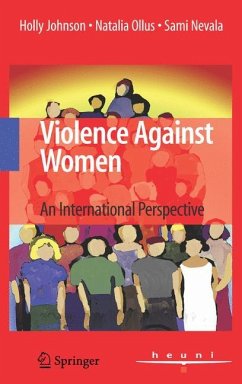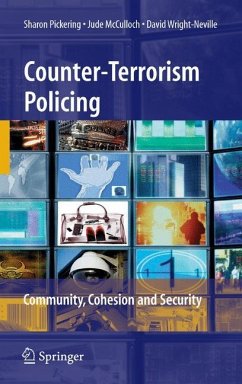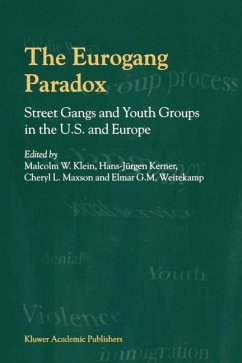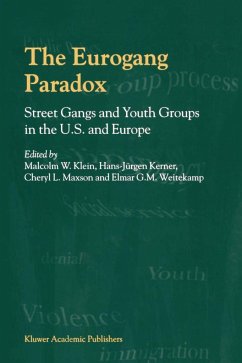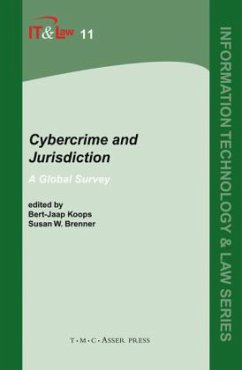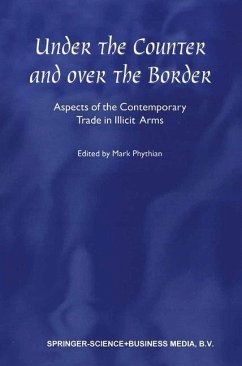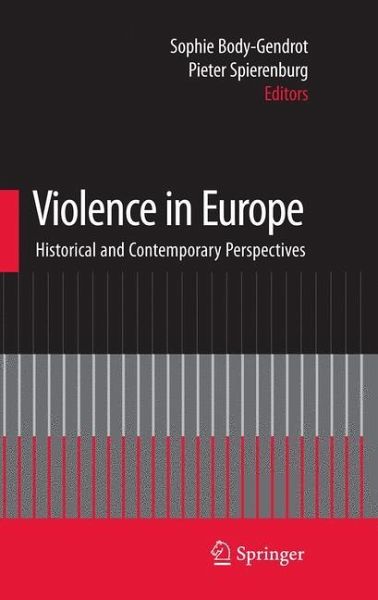
Violence in Europe
Historical and Contemporary Perspectives
Herausgegeben: Body-Gendrot, Sophie; Spierenburg, Pieter
Versandkostenfrei!
Versandfertig in 6-10 Tagen
98,99 €
inkl. MwSt.

PAYBACK Punkte
49 °P sammeln!
Sophie Body-Gendrot How much related are present and past violence? The answers are complex due to the limited knowledge scientists have gathered, even after spending a life-time studying this very enigmatic and most serious social phenomenon called violence. All authors agree that the present level of interpersonal violence cannot be sufficiently understood without taking the earlier long-term decrease into account. Ted Robert Gurr (1981, 1989) was one of these pioneers who und- took a statistical overview of the development of homicides from the Middle Ages to the present, looking at England...
Sophie Body-Gendrot How much related are present and past violence? The answers are complex due to the limited knowledge scientists have gathered, even after spending a life-time studying this very enigmatic and most serious social phenomenon called violence. All authors agree that the present level of interpersonal violence cannot be sufficiently understood without taking the earlier long-term decrease into account. Ted Robert Gurr (1981, 1989) was one of these pioneers who und- took a statistical overview of the development of homicides from the Middle Ages to the present, looking at England in particular. On his curve, 20 ho- cides per 100,000 inhabitants were recorded in the High and Late Middle Ages and one case in the twentieth century put an end to the curb. Gurr interpreted this long-term decrease in interpersonal violence as ''a manifestation of cultural change in Western society, especially the growing sensitization to violence and the development of an increased internal and external control on aggressive behavior'' (Gurr, 1981:258). Currently, both the present and the past have to be considered in any attempt to answer the following questions: is the higher incidence of violence which still prevails a temporary exception or a new trend related to structural dynamics of modern societies? In which regions of Europe is it more specifically pronounced? More generally, this volume claims that historical knowledge of changes in violent behavior and of violence forms an indispensable contribution to an understanding of the manifestations of violence in contemporary societies.






